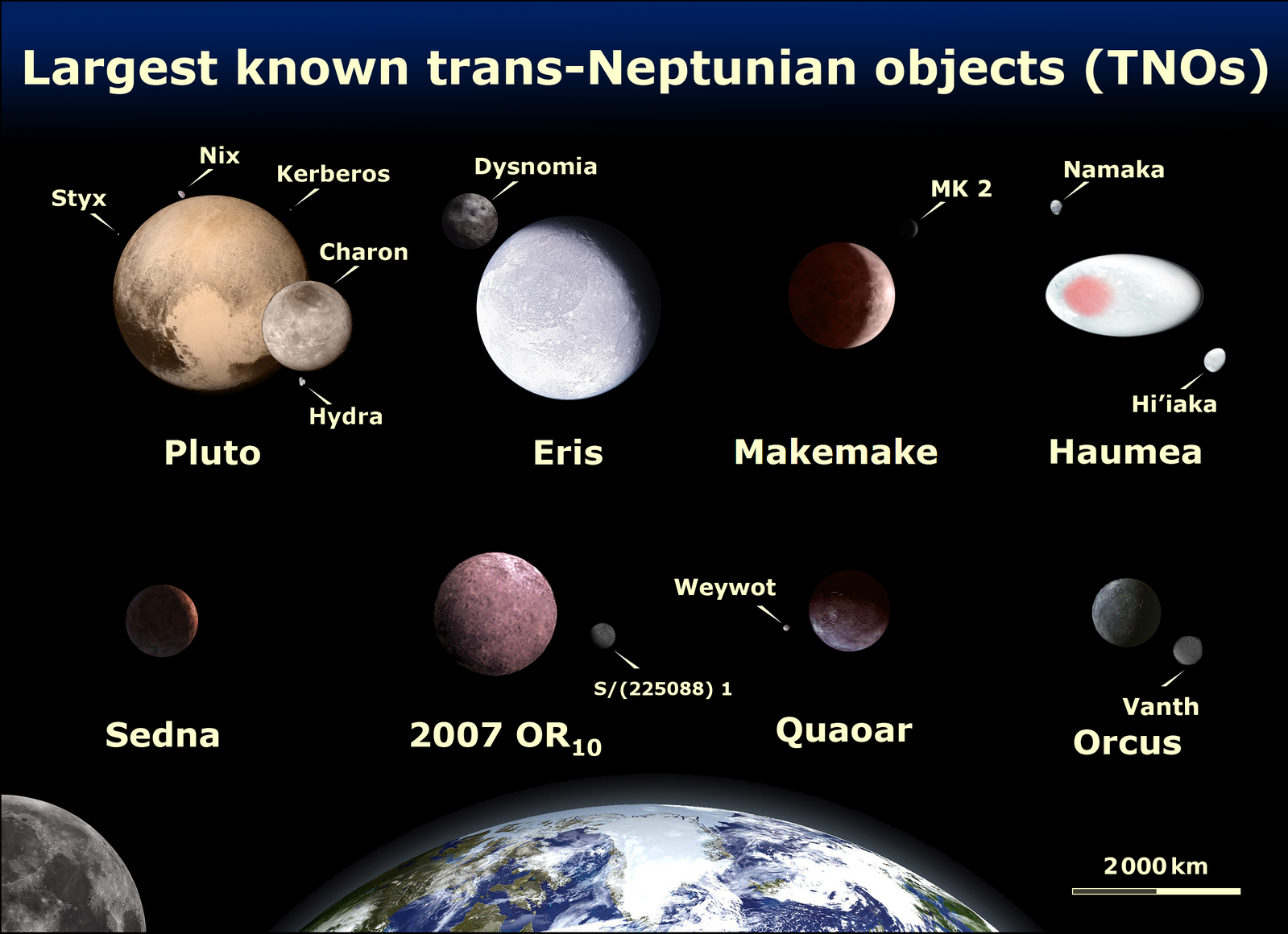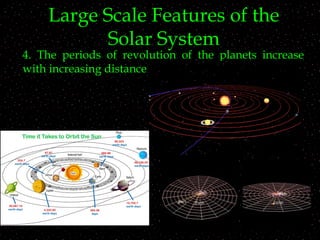Different Hypotheses Explaining the Origin of the Solar System
2 They assume that the very precise and complicated orbits in our solar system came about by chance. Solar nebular theory Same with nebular theory but solar nebular theory states that 45 billion years ago there was an explosion of a star called supernova caused the nebula to collapse forming the protostar sun after 10 million years then later the formation of the protoplanets planets.
That the planets in the outer Solar System migrated to their present positions.
. Then about 457 billion years ago something happened that caused the cloud to collapse. In the ancient world theories of the origin of Earth and the objects seen in the sky were certainly much less constrained by fact. Jovian Worlds or Gas giants.
What was the bright object I saw in the sky last night. Describe the different hypothesis Nebular Hypothesis Planetesimal Theory and Tindal Theory explaining the origin of solar system. Hydrogen and other gases swirled around and condensed into our sun and its planets.
Inner terrestrial planets are high density Jovian outer planets are low density. The theory was developed by Immanuel Kant and. Orbits in same plane 3.
The history of scientific thought about the formation and evolution of the Solar System began with the Copernican RevolutionThe first recorded use of the term Solar System dates from 1704Since the seventeenth century philosophers and scientists have been forming hypotheses concerning the origins of our Solar System and the Moon and attempting to predict how the. The Sun passes through a dense interstellar cloud and emerges surrounded by a dusty gaseous envelope. The most widely accepted theory of planetary formation known as the nebular hypothesis maintains that 46 billion years ago the Solar System formed from the gravitational collapse of a giant molecular cloud which was light years across.
The theory does not explain satellites or Bodes law and is therefore. In essence this theory states that the Sun the planets and all other objects in the Solar System formed from nebulous material billions of years ago. The terrestrial planets can form in a reasonable time but the gaseous planets take far too long to form.
This could have been the result of a passing star or shock waves from a supernova but the end result was a gravitational collapse at the center of the. It suggests that the Solar System formed from nebulous material. Explaining the origin of the solar define the concept of a system system and Recognize the Earth as a system Discuss and differentiate the scientific composed of subsystems and knowledge given in the cards with the Decide and choose the planet they other students.
The most popular one is the big bang theory which says that the universe started from a singularity which expanded and expanded 138 billion yrs ago as to what it is today. According to this theory the Sun and all the planets of our Solar System began as a giant cloud of molecular gas and dust. 1 They do not explain where stars planets and moons originated.
If we want to know how the Earth formed we need to understand the origin and evolution of the Solar System. Their orbital regularities ie why they lie almost on the same plane and revolve in the same direction in nearly circular orbits. When it comes to the formation of our Solar System the most widely accepted view is known as the Nebular Hypothesis.
What are the different hypothesis explaining the origin of the universe. The most widely accepted theory of planetary formation known as the nebular hypothesis maintains that 46 billion years ago the Solar System formed from the gravitational collapse of a giant molecular cloud which was light years across. Observed features any origin model of the solar systemplanets must explain 1.
Yet that could never happen. The protoplanet hypothesis explains most of the features of the Solar System. For most planets direction of motion and orbit are same note peculiarities of Venus Uranus Pluto however 4.
According to the theory our solar system formed from an enormous rotating cloud of dust and gas called the solar nebula nearly 46 billion years ago. Besides explaining the birth of the sun planets dwarf planets moons asteroids and comets a theory of the origin of the solar system must explain the chemical and physical differences of the planets. 1The Accretion theory.
Indeed a scientific approach to the origin of the solar system became possible only after the publication of Isaac Newtons laws of motion and gravitation in 1687. The nebular hypothesis is the most widely accepted model in the field of cosmogony to explain the formation and evolution of the Solar System. However the outer solar system is still strange especially the properties of PlutoCharon.
And there also is the theory of creation from the bible. The Hypothesis of LaplaceAccording to Laplace the solar system formerly consisted of a very much flattened mass of gas extending beyond the orbit of Neptune and rotating like a rigid body. One explanation is that the Solar System was not born in the configuration that we see today.
SEVEN MORE FLAWS IN THE SOLAR SYSTEM THEORIESThere are several other weaknesses in these theories of the origin of our solar system. The Earth the planet we live on is part of the Solar System. The low rotation speed of the Sun is explained as being due to its formation before the planets the terrestrial planets are explained by collisions between the protoplanets close to the Sun and the giant planets and their satellites are explained as condensations in the drawn out filament.
Even after this breakthrough many years elapsed while scientists struggled with. As contraction continues gravitational energy is converted into thermal energy generating high temperatures. Stellar Collision Hypothesis---A rogue star passes close to the Sun about 5 billion years ago.
The problem is that of getting the cloud to form the planets. 2 Different hypotheses explaining the origin of the solar system. Over time the solar nebula began to contract and flatten due to gravity.
There is also another one which suggests that the universe has no beginning nor an end. Nebular Hypothesis Protoplanet Hypothesis Migrating Planets. Several stars including the Sun formed within the collapsing cloud.
Here are some of them.
How Was The Solar System Formed Quora

Formation Theories The Solar System Iii Ppt Video Online Download

8 2 Origin Of The Solar System The Nebular Hypothesis Geosciences Libretexts

The Origin Of The Solar System I The Great Chain Of Origins A Early Hypotheses B A Review Of The Origin Of Matter C The Solar Nebula Hypothesis D Ppt Download

Formation Theories The Solar System Iii Ppt Video Online Download

0 Response to "Different Hypotheses Explaining the Origin of the Solar System"
Post a Comment